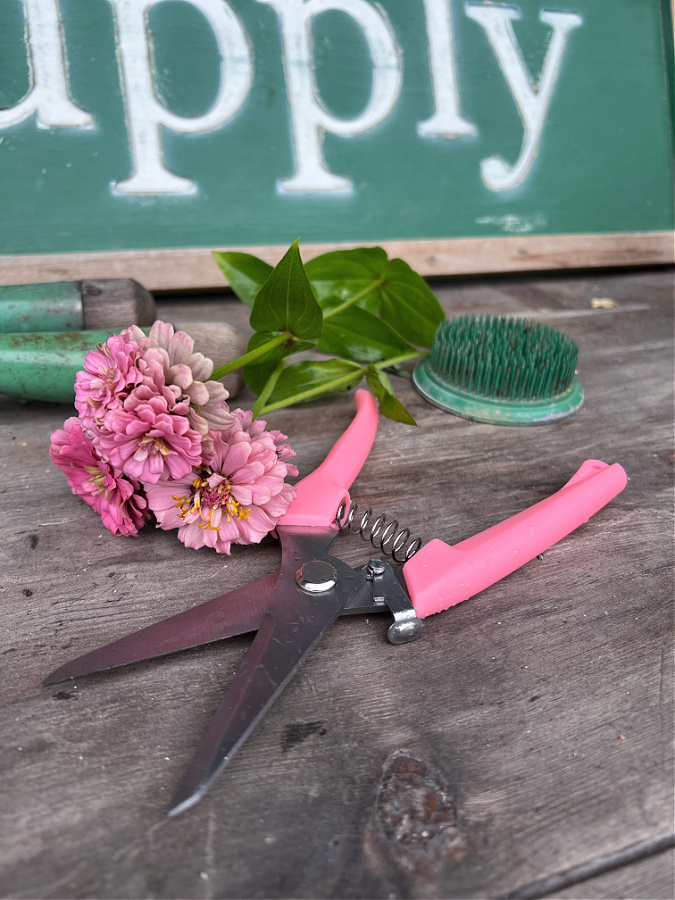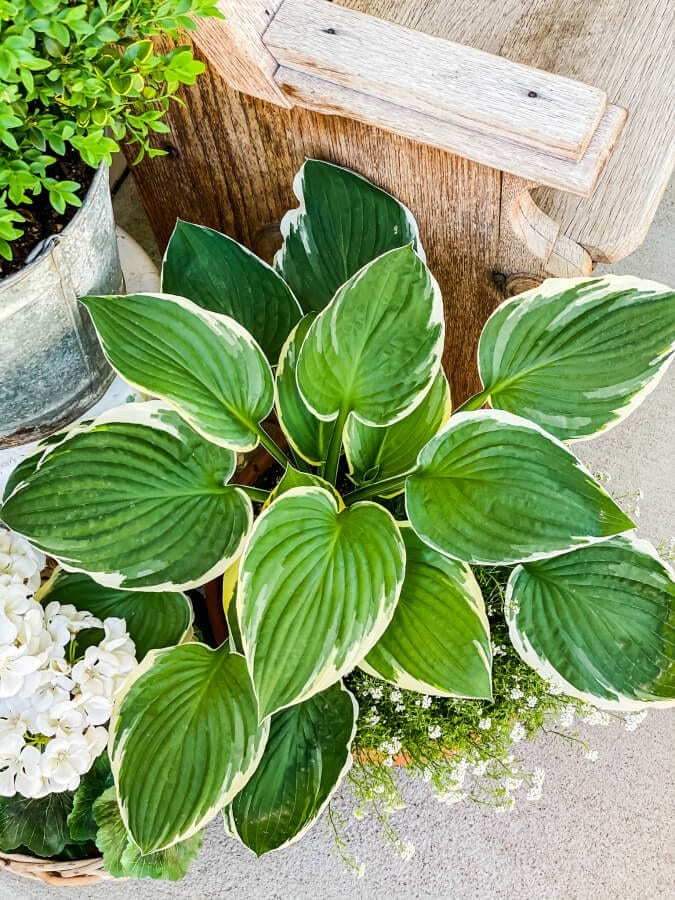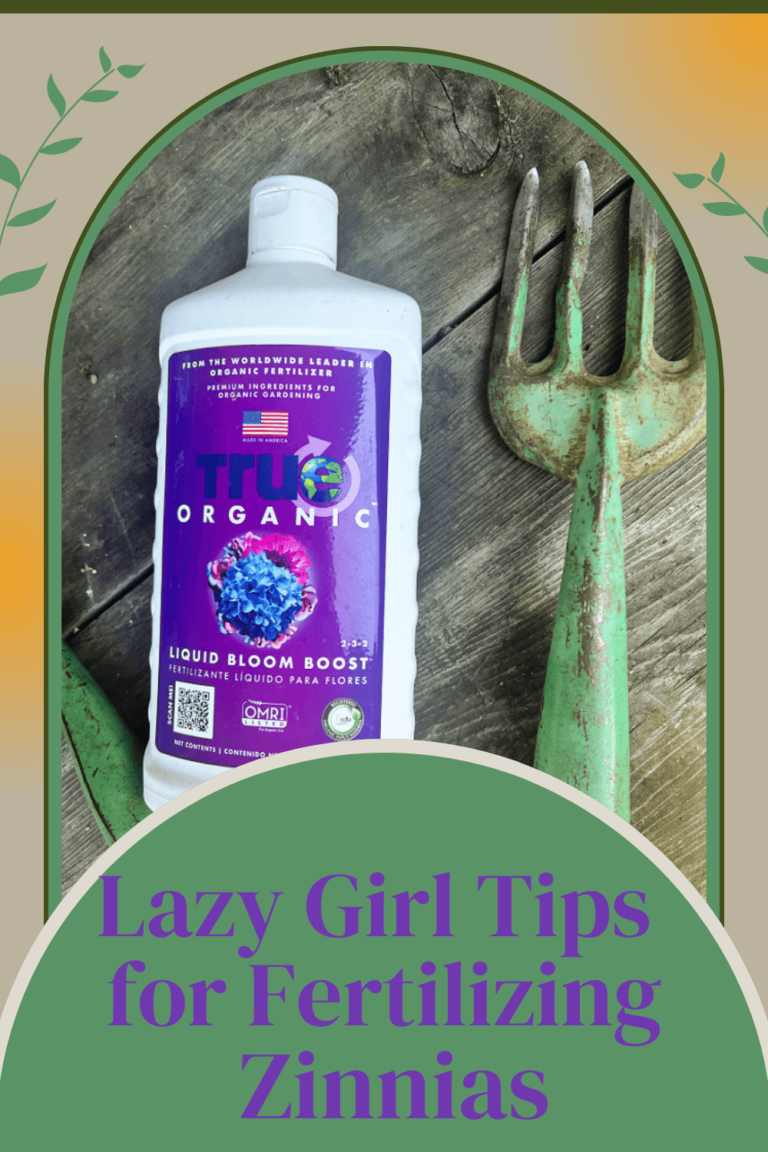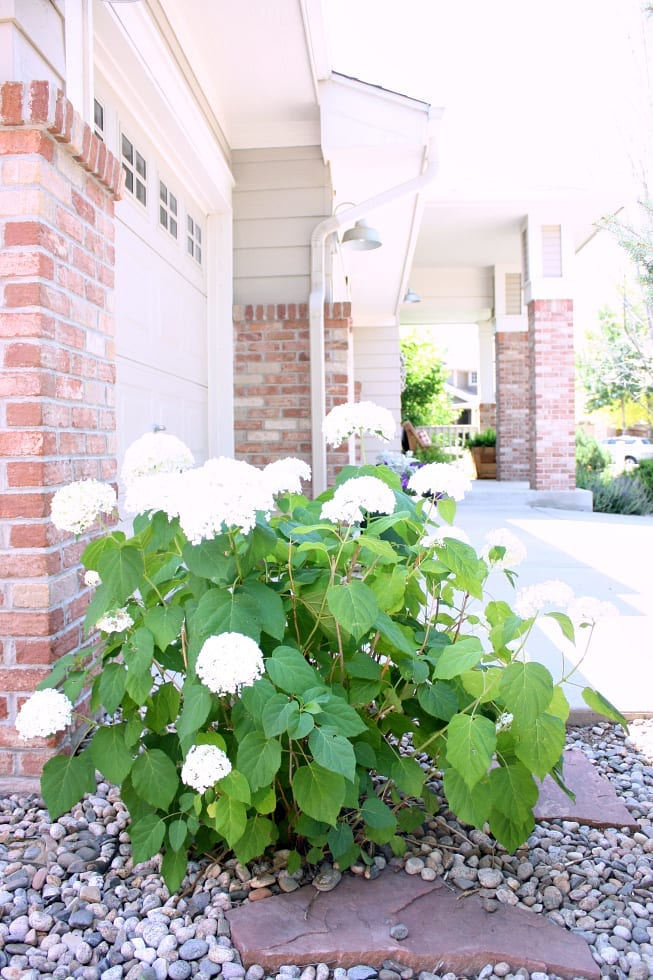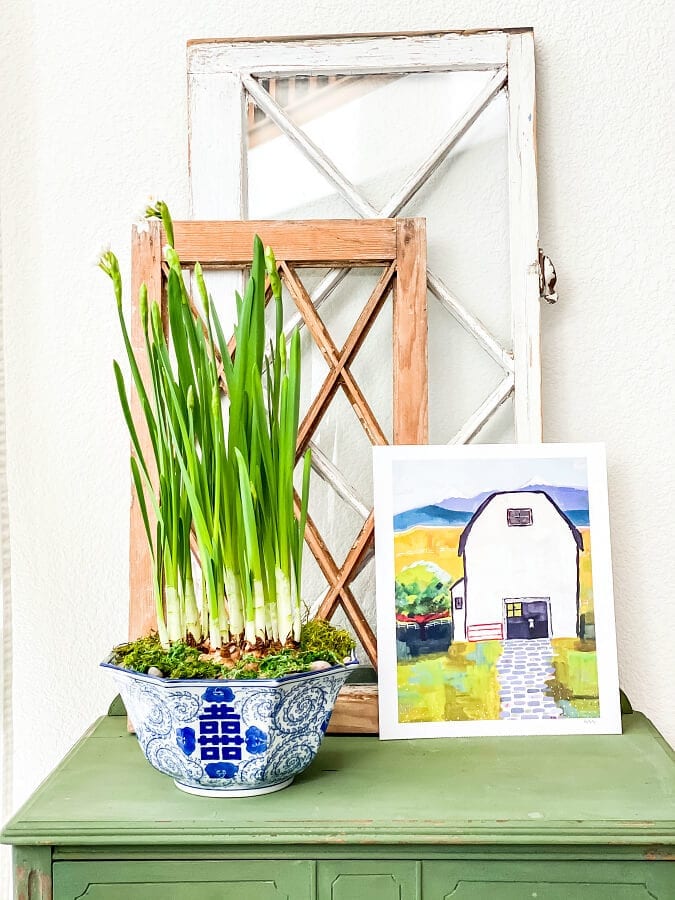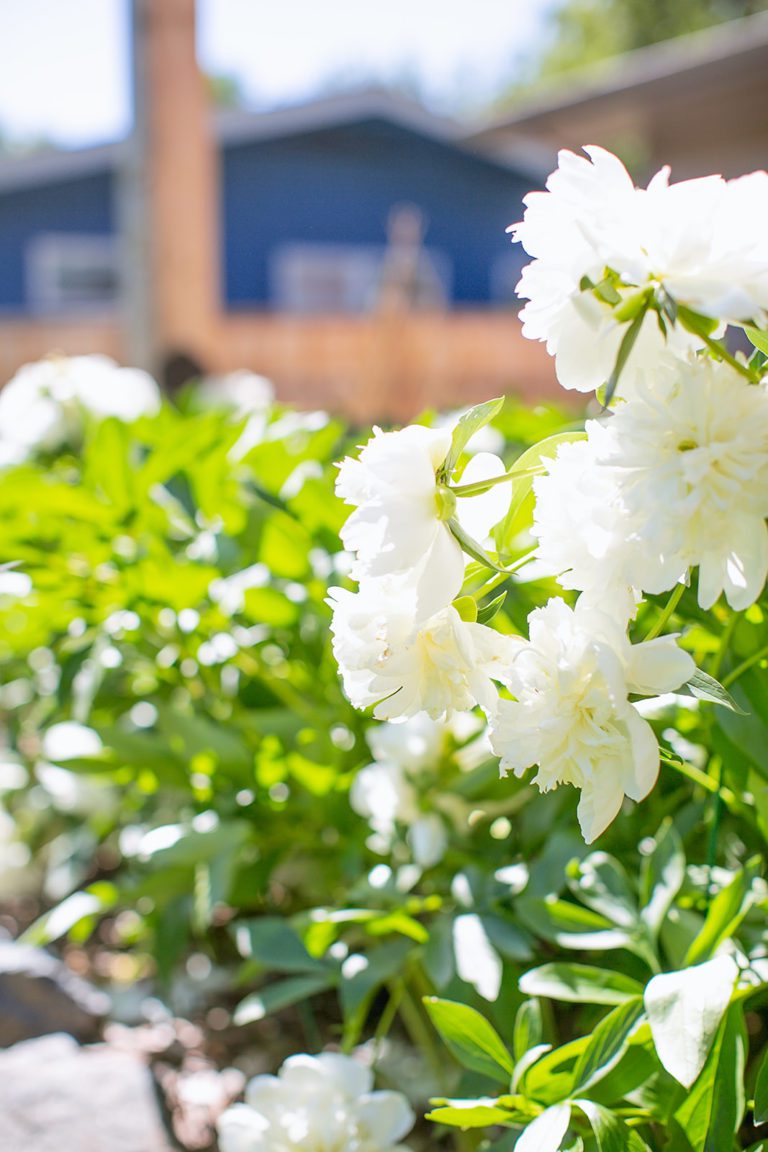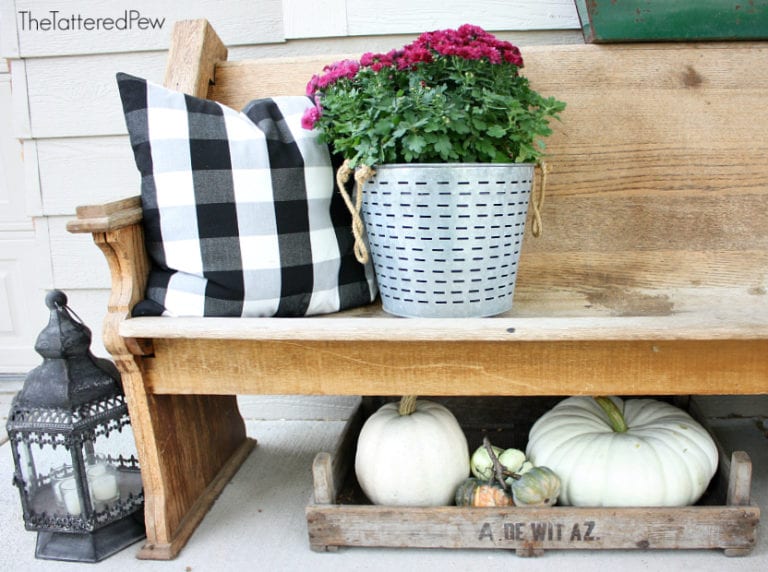Preparing Your Raised Beds for Winter: Fall Clean Up Guide
By the end of the gardening season, many of us are ready for the cozy winter months. It’s the time to take a little break from gardening and preserving and start dreaming about next year’s gardens. But before you close up shop for the cold months, don’t forget to prepare your raised beds for winter! Proper preparation for the chilly, dormant winter months will yield dividends in the spring when your raised beds are clean, weed free, and nourished by a thick layer of compost and mulch. Fall is also a great time to plant cover crops or other winter crops such as garlic and flower bulbs.
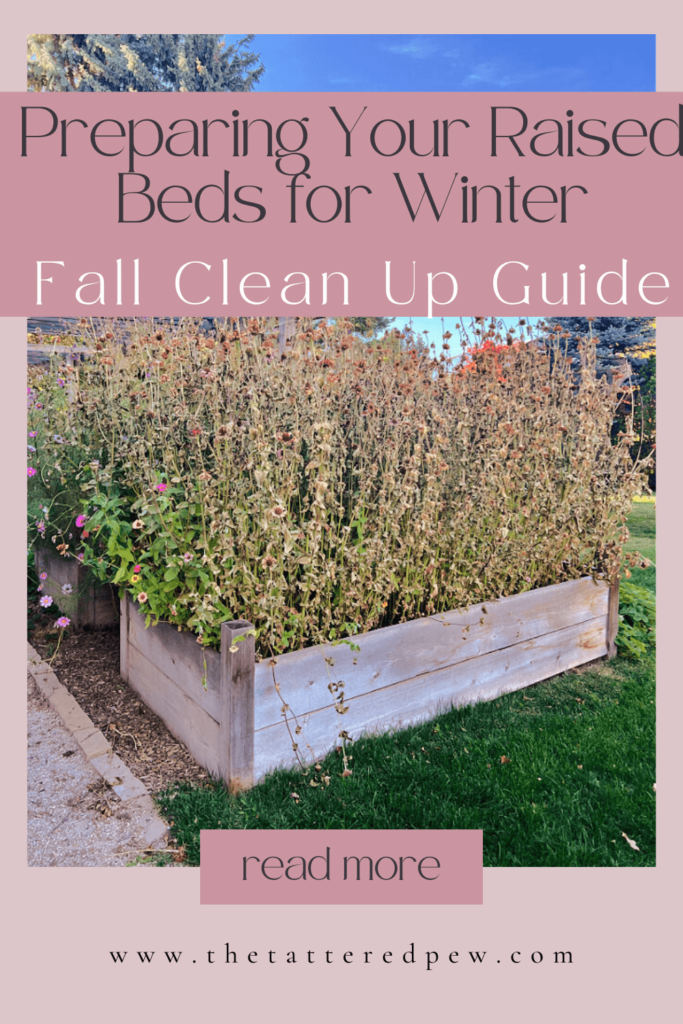
*As an Amazon Associate, I earn from qualifying purchases. This post contains other affiliate links too for your convenience. Click here to read my full disclosure policy.
Preparing Your Raised Beds for Winter
Although I’m passionate about gardening, life is busy with many things! I’ve found that properly preparing my raised beds before the winter hits actually takes much less time (and yields much better results!) than saving the mess for spring. In addition to not having to deal with a mess of weeds and dead plant material in the spring, fall clean up also helps to ensure that harmful bacteria and pathogens from diseased plants don’t have the chance to contaminate the soil and carry over into future years.
When the snow starts melting after a long winter, most of us are itching to get out into the garden! Having clean beds and clean tools is the way to go! I love that raised beds are easy to manage and tend to have less weeds and pests. If you’re thinking of expanding your garden next year, fall is also a great time to add some new raised beds to your garden plot so that they will be all ready for you in the spring.
Ready? Grab your fall to-do list and let’s get those garden beds ready to rest for the winter months!
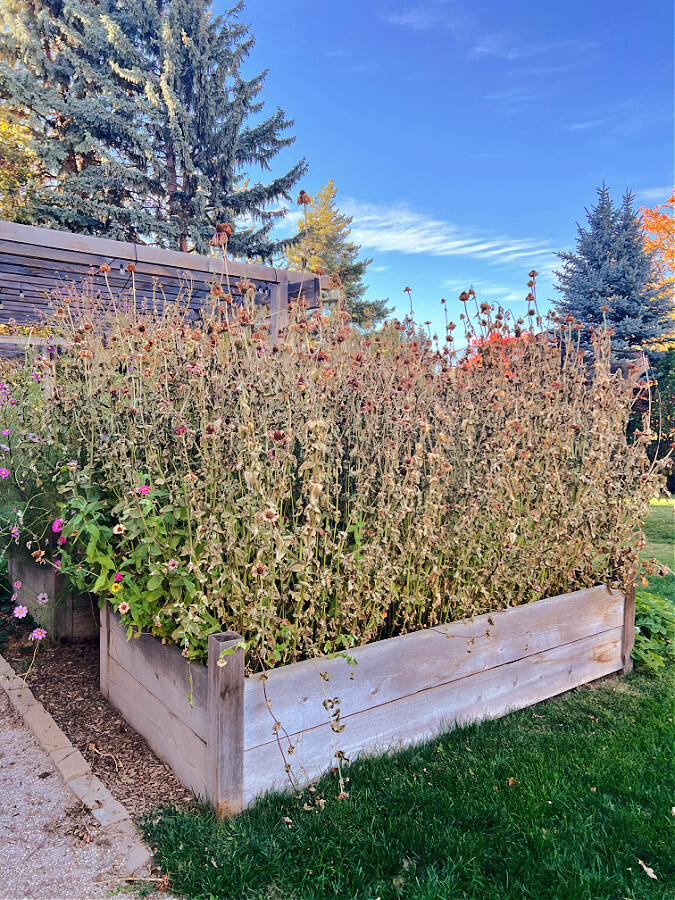
1) Remove all the dead plant material
The first thing to do when preparing your raised beds for the cold weather is to remove any dead plants from the soil. Not only is it a good idea to start with clean soil, but old plants can harbor pathogens and disease that can carry over to the next season.
Any healthy plants that you clean up can be added to your compost pile. (It’s always a great idea to keep growing this pile to prepare for future gardening use!) However, if you notice any signs of disease like mold or blight, it’s a good idea to throw these plants in a burn pile to avoid spreading the diseases into next year’s garden soil.
For my zinnias, if they have powdery mildew, I pull out the roots and all for a fresh start next spring. If they don’t have powdery mildew or other dieses you can opt for the Lazy Girl Method and leave them for the birds to munch on and they will sometimes reseed for you as well!
2) Pull as many weeds as you can
You’re probably ready to be done pulling weeds for the year, but yanking out any remaining weeds in your soil will make your spring planting (and the whole next season) that much easier! The last thing you want is those weed seeds settling in your soil, ready to burst forth in the coming year.
After you’ve pulled as many weeds as you can by hand, cover any extra weedy sections with a layer of cardboard or black plastic to die off throughout the winter season.
3) Add frost covers to cold-hardy plants
If you have cold-hardy plants like kale or carrots, now is a good time to add frost covers as winter protection to extend your season even further. There’s nothing like enjoying fresh foods from your vegetable garden into the winter months!
Just make sure to clear out any remaining vegetation before the ground freezes.
3) Create new beds
If you know you’re going to want more raised beds for next spring, the end of the season is a good time to get started. When starting raised beds for the next growing season, I like to first put down landscape fabric or cardboard as a weed barrier. Then, add your cedar, pine, or metal boxes overtop. After this, I like to layer yard waste (grass clippings, sticks, branches, leaves, etc.), organic top soil, and leaves.
Voila! Your new garden beds will be nice and snug for the winter months and ready for planting next year’s crops!
Find out more about how to make and fill your raised beds.
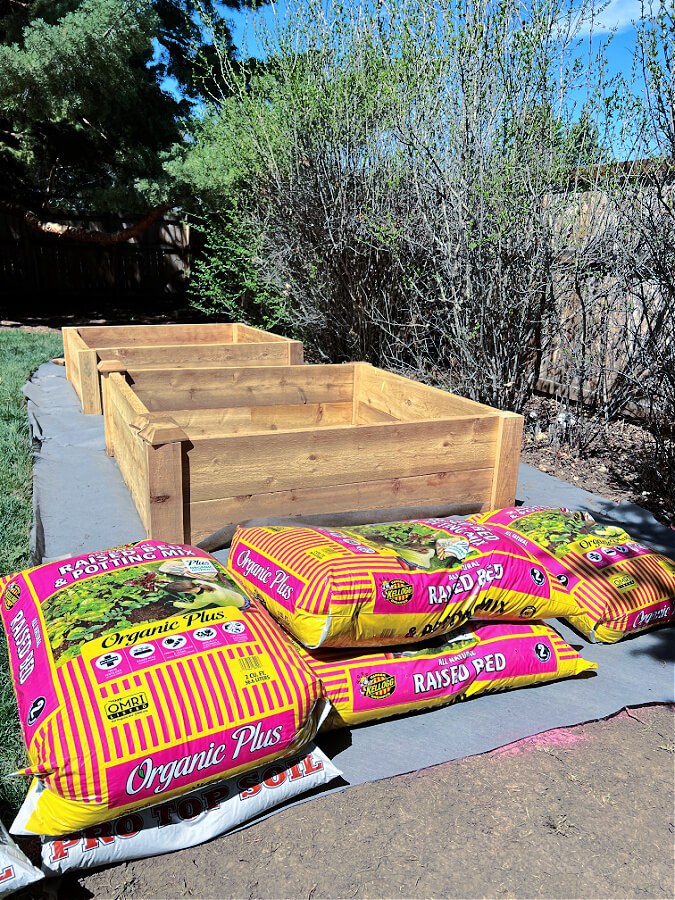
4) Plant cover crops or other overwinter crops
Planting cover crops is a great way to help prevent soil erosion and add organic matter to your garden beds. Some ideas for cover crops include oat mixes, winter rye, buckwheat, and legumes.
You should plant cover crops about a month before your zone’s hard frost date.
If you want to plant any other winter crops such as garlic bulbs or flower bulbs, now is a great time for these, too! For most plants – and depending on your grow zone – it’s best to do this in the mid to late fall before the freezing temperatures hit. I’m planning on planting daffodils this year!
5) Apply compost and organic material
Adding compost and other organic material as soil amendments is one of the best ways to promote a healthy soil structure for your raised garden bed. In the spring, you’ll have a rich, healthy soil that’s ready to provide essential nutrients to your plants!
If your beds are fairly full of soil still, you can add just a few inches of compost and other organic matter. However, if you notice a lot of shrinkage in your soil (this can happen with raised beds sometimes), you’ll probably need to add more than a thin layer of compost, and possibly consider something more stable (such as loam – a mixture of sand, silt, and clay).
If you don’t have any finished vegetable compost ready, you can also use aged manure or composted leaves. For vegetable beds, cow, horse, chicken, sheep, and goat manure all work well for adding at the end of the season – whatever you can get your hands on!
If possible, it’s a good idea to avoid layering too thickly. You want your garden beds to be insulated, but not completely prevented from freezing. This is because a number of diseases and pests can be killed when soil freezes.
6) Mulch
Once the ground has frozen, it’s a good idea to add a thick layer of mulch. This will go on top of your compost and organic material, adding a healthy layer of insulation for your raised beds. Mulch not only helps to insulate your soil during the cold season, but it also provides the soil with nutrients as it breaks down, and helps to block weeds from germinating. In addition, it protects the soil underneath from being blown around in the strong winter winds.
Because raised beds tend to be more vulnerable to the cold, it’s important to make sure that they’re covered well with a few inches of mulch.
Some easy and inexpensive options for mulching include wood chips or fall leaves. Shredded leaves are best if you have the ability to chop them up!
7) Clean your garden tools
If you have the energy after getting your raised beds in order, fall is an excellent time to clean your garden tools to prepare for the rush of spring planting! Take a look around your garden and make sure you’ve collected any tools that are lying around – shovels, rakes, hoes, clippers…
Before putting them away for the season, take a few minutes to brush off the dirt, sharpen your blades, and even add some oil to protect them from rusting. You’ll thank yourself in the early spring when they’re all clean and ready for use! Now is also a good time to roll up any hoses and bring them inside before they freeze.
Enjoy the Winter Months and Get Ready for Spring Planting!
When your raised beds are all tucked in for the winter, it’s time to start dreaming about spring! Plan your garden, order your seeds, keep composting, and don’t forget to start your seedlings indoors when it’s time. When spring arrives, you can simply rake the mulch aside from your raised beds, pull any straggling weeds, and plant your seedlings! Enjoy!
I’d love to have you hang out with me some more! Feel free to follow along with me on any of the platforms linked below.
LTK | Facebook | Instagram | Pinterest | Amazon


